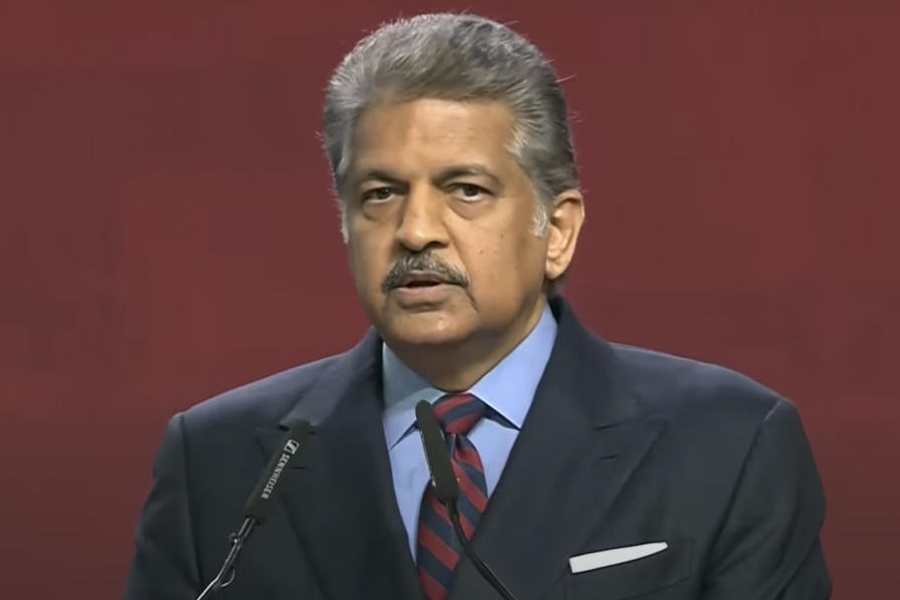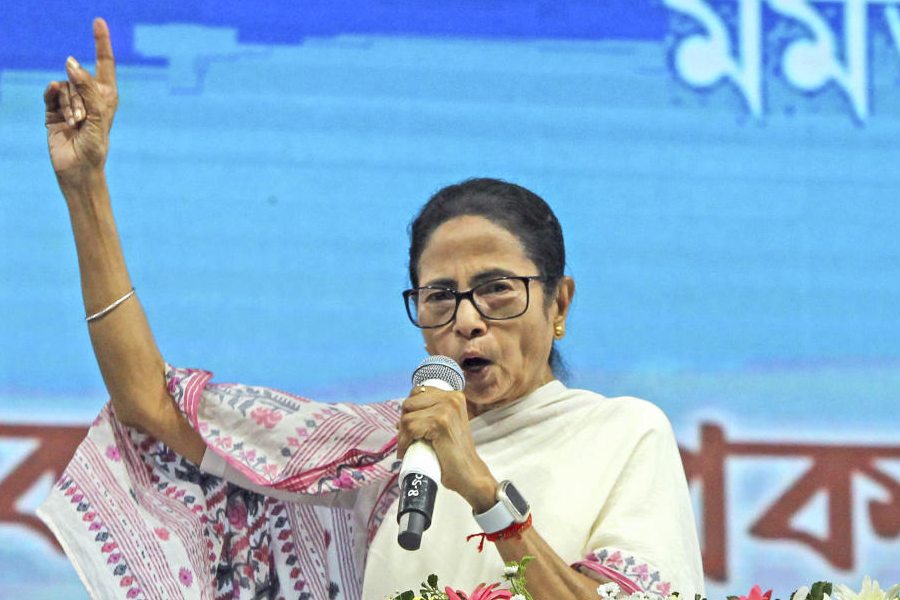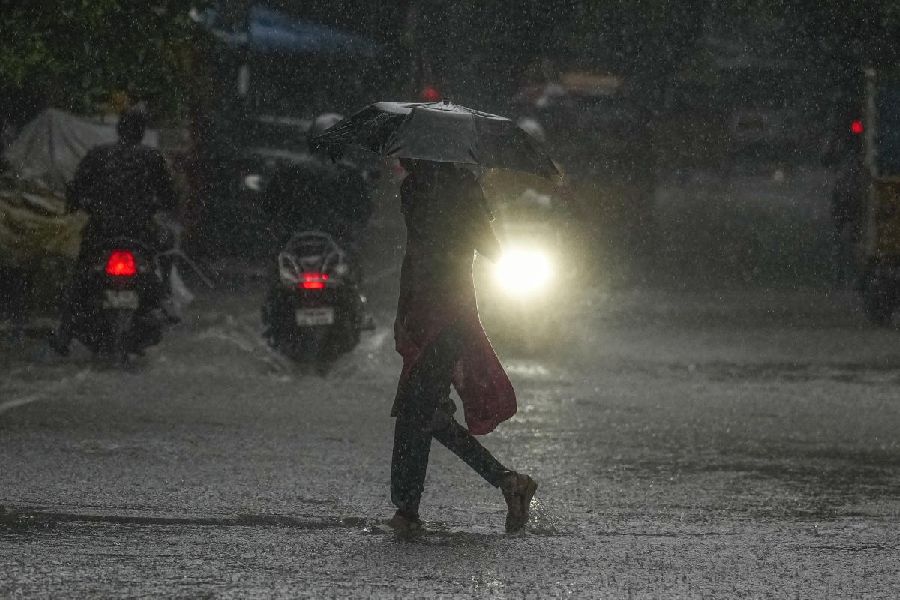Bhubaneswar, July 21: If you are interested in history, plan your next weekend trip to Radhanagar near Kankia in Jajpur district.
Excavations by archaeologists of the Odishan Institute of Maritime and South-East Asian Studies (OIMSEAS) have stumbled upon ruins of an urban settlement at Radhanagar. This has proved that the urbanisation process was found in the region similar to Sisupalgarh on the outskirts of Bhubaneswar. Radhanagar is situated near a cluster of villages on the right bank of Kelua or Kimhiria river, a tributary of Brahmani. It is 90km away from the state capital and the nearest town of Jaraka is just about 2km away.
Jajpur district is known for its historical sites such as Langudi, Kayama, Tarapur, Deuli, Neulapur and Vajragiri, which were also included in the excavation programmes of OIMSEAS earlier. All these places are famous for their Buddhist monuments and artefacts.
The cultural sequence of all these Buddhist sites are from the early historical to the medieval period of Indian history. Interestingly, well-known Buddhist sites such as Ratnagiri, Udayagiri and Lalitgiri are situated less than 25km from here. These three sites were excavated by the Archaeological Survey of India (ASI) and are maintained by them.
Urban civilisation flourished in the Indian subcontinent between 2,600BC and 1,100BC. Buddhism began spreading around 600BC. Since then to around 500AD, not much is know about the history of Odisha other than the Kalinga war around 300BC and Kharavela’s rule around 100BC.
“The excavation and findings such as Radhanagar and Sisupalgarh will help us in our efforts to place the missing pieces in Odisha’s history. We have found several ruins during excavations from 2010-2013. More conclusive statements on the settlement can be drawn after examination of all the materials recovered from the site,” said OIMSEAS secretary Sunil Kumar Patnaik.
The findings from Radhanagar are archaeologically significant because it is only such site in Odisha after Sisupalgarh. The region probably flourished from 400BC to 100BC and declined on the way to 500AD. The huge fortified urban settlement continued during the Maurya, Sunga and Kushan periods and was seen as a mud rampart with bastions at the four corners that identified it as a “nagara” or “mula nagara” (main city).
“The artefacts found at the site include coins of Mauryan and Kushan era. The process of urbanisation in the region can also be compared to other famous Buddhist sites such as Kausambi and Rajgir and this is perhaps the only single largest site with human habitation in the midst of several Buddhist religious settlements in a region in Odisha,” Patnaik said.
“The early historical sites described in literature — Dantapura, Bhojakgiri Mahavihara, Tosalinagara, Devapura and Asitnajan — have no material evidence except Sisupalgarh. This new site will throw light on their links. Inscriptions found from the site are being examined,” said Patnaik.
The excavations were carried out by OIMSEAS in collaboration with the PG department of ancient Indian history, culture and archaeology and PG department of anthropology of Utkal University, Banaras Hindu University (BHU), ASI and Ravenshaw University.
“The excavated materials — coins, Roman seals, black polished wares, roulette ware establishing Roman contacts, terracotta lion, decorated potsherds and inscribed pendant of a Buddhist monk (Sadhabhu Tissa) from Sri Lanka are the possible proofs regarding the historic links of the site to the particular era,” he said.
OIMSEAS will also be sending samples to National Institute of Oceanography, BHU and Institute of Physics for further examination.
Kishor Kumar Basa, professor of anthropology at Utkal University and former director of Indian Museum, Calcutta, said: “The researchers have certainly found some interesting samples from the Radhanagar site. When the dating of the samples is done, the site can definitely throw more light on the early phase of urbanisation in Odisha. With findings from Sisupalgarh near Bhubaneswar, Asuragada in Kalahandi and now from Radhanagar, we can also know more about early urban social system and settlements in the region.”
HISTORY TRIP
WHAT: Radhanagar, an excavated site 2km from Jaraka on NH-5 in Jajpur district by archaeologists of Odishan Institute of Maritime and South-East Asian Studies
WHERE: Site is on the right bank of Kelua or Kimhiria river, a tributary of Brahmani and 90km away from Bhubaneswar
NEARBY ATTRACTIONS: Jajpur district is known for its numerous historical sites such as Langudi, Kayama, Tarapur, Deuli, Neulapur and Vajragiri. All are famous for their ancient Buddhist connections. Well-known Buddhist sites —Ratnagiri, Udayagiri and Lalitgiri — are within 25km of Radhanagar
USP: Radhanagar can throw light on the early phase of urbanisation in Odisha











